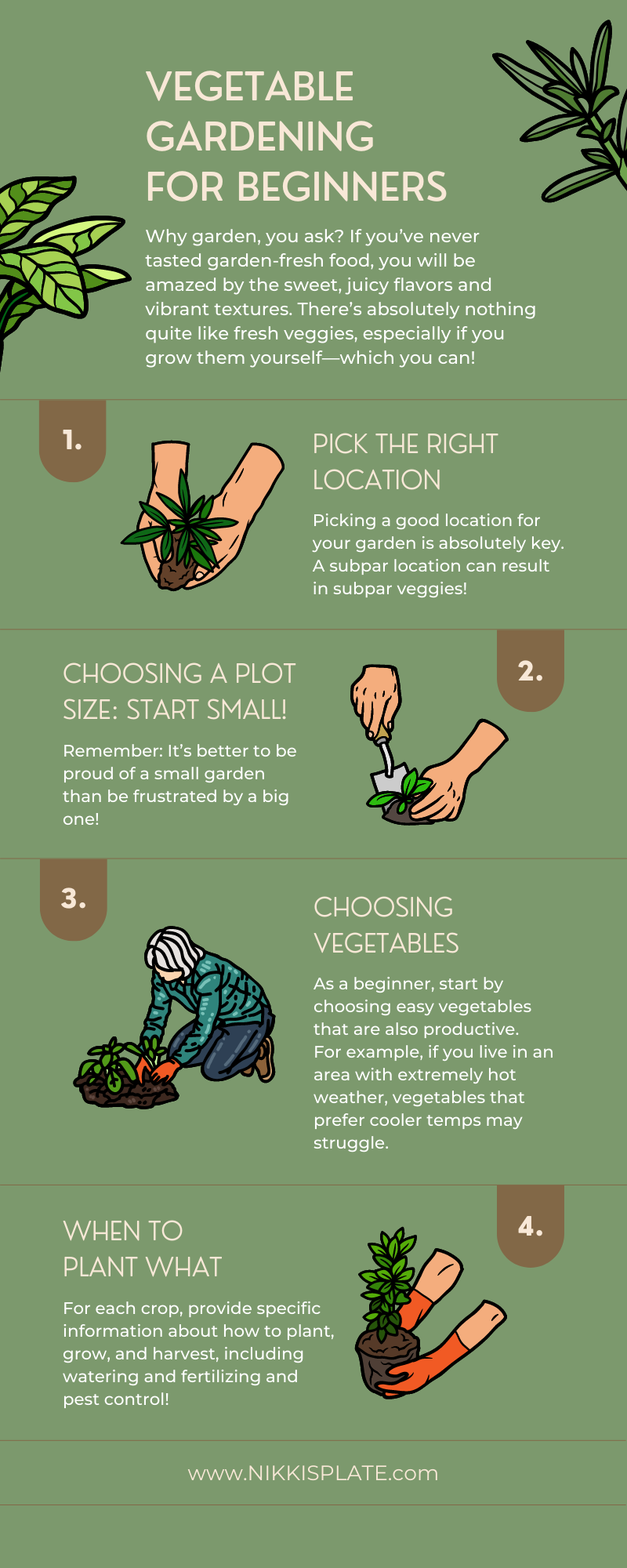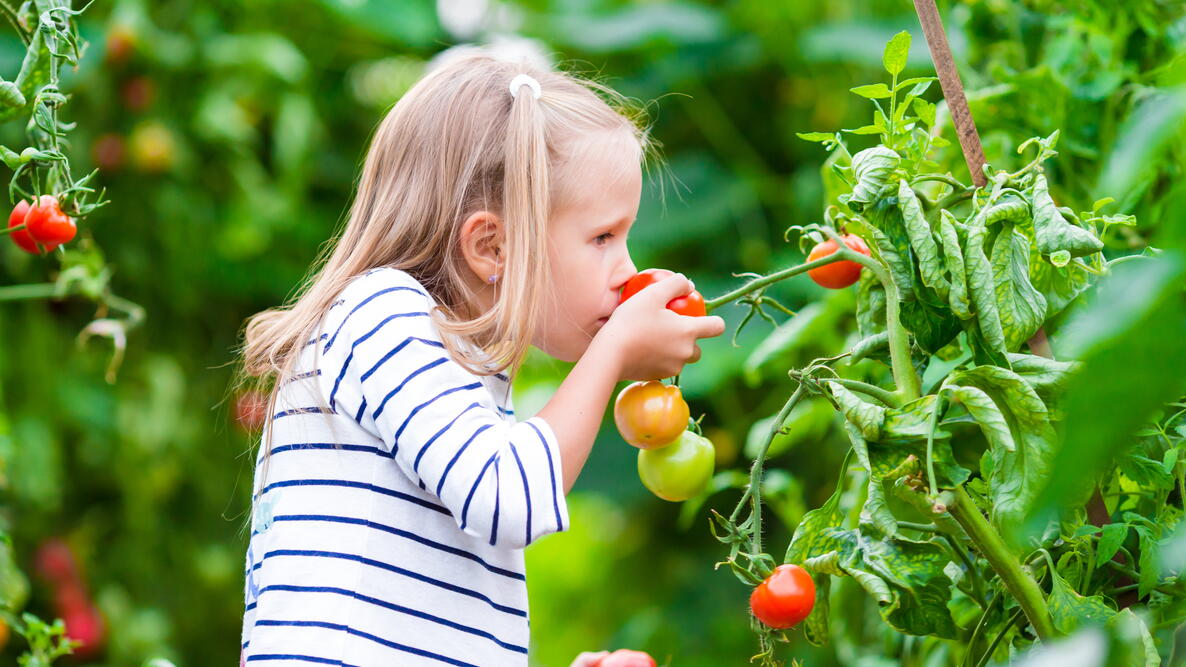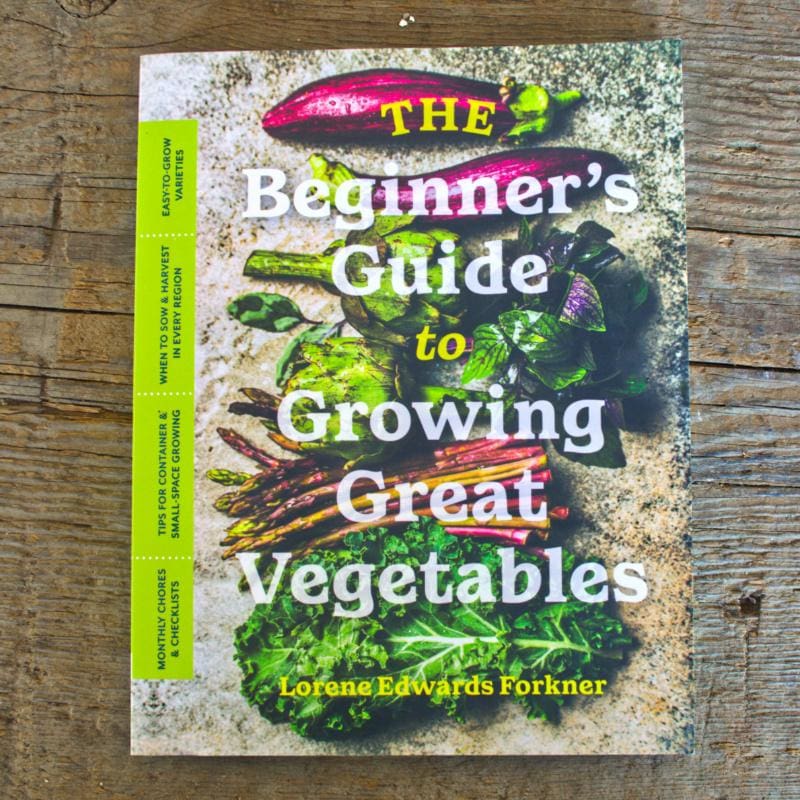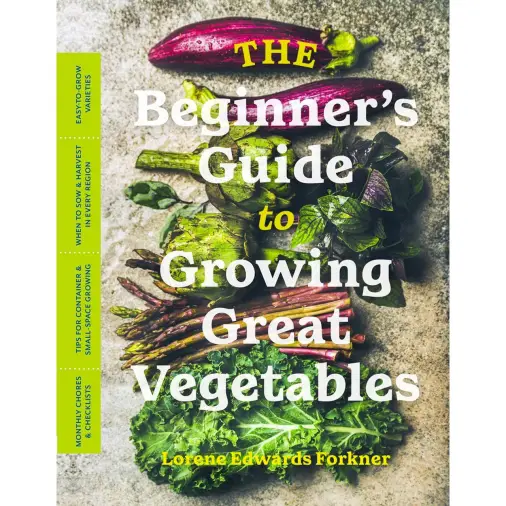Starting a vegetable garden requires simple steps: choose a location and prepare the soil. A sustainable and enjoyable vegetable garden begins with choosing the right crops and proper planning.
Embarking on a vegetable gardening journey can transform your outdoor space into a thriving source of fresh produce. As a beginner, a manageable garden size is key; a 10′ x 10′ plot is ample space to start. Begin with vegetables that are less demanding and known to be beginner-friendly, such as lettuce, tomatoes, carrots, and beans.
Table of Contents
Gardening vegetables, focus on creating rich, fertile soil as this is the foundation for healthy plants. Remember that good sunlight, regular watering, and vigilance against pests are indispensable for your garden’s success. With the right approach, your first venture into gardening can yield rewarding results and ignite a lifelong passion for home-grown food. The joy found in harvesting your own vegetables is unmatched, providing not only sustenance for the table but also a sense of accomplishment.

Credit: http://www.nikkisplate.com
Choosing The Perfect Spot For Your Vegetable Garden
Welcome to your journey into the world of vegetable gardening! As a beginner, one of the most crucial steps in establishing your garden is Choosing the Perfect Spot for Your Vegetable Garden. This decision sets the stage for the bountiful harvests to come. Factors like sunlight, soil quality, and space can dramatically affect your garden’s productivity. Let’s explore these elements to ensure your veggies thrive!
Evaluating Sunlight And Shade Requirements
Vegetables crave sunlight to flourish, and discerning the balance between light and shade is vital. Most vegetables prosper in at least 6 to 8 hours of direct sunlight per day. Take time to observe the potential spots in your yard throughout the day. Note where the sun graces the earth and where shadows linger. Short on sun? Leafy greens and root vegetables can tolerate more shade but even they need some sunshine to produce.
Understanding Soil Quality And Drainage
Soil quality is the foundation of your garden’s health. Rich, nutrient-dense soil bolsters growth and yields. Test your soil to determine its type — sandy, clay, or loamy — as each has distinct properties and nutrient profiles. Drainage is another cornerstone; excess water can drown roots, causing plants to rot. Conduct a simple percolation test by digging a hole, filling it with water, and watching how quickly it drains. Amend poor-draining soils with organic matter to improve texture and nutrient content.
Selecting The Right Size For Your Garden Space
When it comes to garden size, bigger isn’t always better. Start modestly to avoid feeling overwhelmed. A 10×10 feet space is ample for a variety of crops without being unmanageable. Align beds north to south to maximize sun exposure, and leave pathways to access your plants easily. Remember, your garden should complement your lifestyle, fitting into your available time and energy.
Preparing For A Successful Vegetable Harvest
Welcome to the world of vegetable gardening! Embarking on this journey promises not only a bounty of homegrown produce but also the satisfaction that comes with nurturing life from the soil. Before you ‘reap what you sow’, let’s delve into the key steps to secure a successful veggie harvest. Roll up your sleeves, and let’s transform that patch of ground into a verdant treasury of fresh vegetables!
Building And Filling Raised Garden Beds
Raised garden beds offer excellent drainage, pest resistance, and are easier on your back. Build your garden bed with non-toxic materials such as cedar or redwood for longevity. Then, fill them with a mixture of:
- Topsoil – the foundation of your garden bed.
- Compost – to add vital organic matter and nutrients.
- Coarse sand – for improved drainage.
Amending Soil For Optimal Plant Health
To ensure your vegetables thrive, soil amendment is crucial. Provide a balanced mix of N-P-K (nitrogen, phosphorus, potassium) along with micronutrients for optimal plant health. Test your soil and consider adding:
- Organic fertilizer – to feed your plants.
- Lime or sulfur – to adjust pH levels, if necessary.
- Compost – to continually enrich the soil.
Planting Schedules: Timing Your Vegetable Growth
Understanding planting schedules is fundamental to harvest success. Vegetables have specific growing seasons, and timing your planting ensures a fruitful yield. Consider the following:
| Vegetable | Planting Season | Harvest Time |
|---|---|---|
| Tomatoes | Spring | Late Summer |
| Carrots | Early Spring | Summer |
| Lettuce | Spring & Fall | Late Spring & Early Fall |
Choosing Beginner-friendly Vegetables To Grow
Begin with vegetables that are easy to grow and less prone to disease. Your starter list includes:
- Salad Greens – such as lettuce and spinach, which offer quick results.
- Radishes – a fast-growing crop that’s gratifying for novice gardeners.
- Bush Beans – they don’t need staking and produce bountifully.
Creating An Efficient Watering System
Regular and even watering is essential for a thriving vegetable garden. Invest in a drip irrigation system for water efficiency and to minimize disease. Automate with a timer to ensure consistent watering, especially in the warmer months.
Maintenance And Harvesting Tips
Gardening can be an incredibly rewarding hobby, but like any fruitful venture, it requires attention and care. Once your vegetable garden is planted, the real work begins. Keeping your garden thriving involves routine maintenance and knowing the right time to harvest. Let’s explore how to keep your garden in top shape and make the most of your bountiful harvest.
Daily And Weekly Garden Maintenance Checklists
Maintain your garden’s health with these simple checklists:
Daily:
- Monitor plants for signs of stress.
- Check soil moisture and water as needed, preferably in the morning.
- Inspect for pests and diseases.
Weekly:
- Weed to prevent competition for nutrients and water.
- Prune or pinch off dead or yellowing leaves.
- Tie up plants that may be too heavy with produce, like tomatoes, to prevent breakage.
- Fertilize as needed, following the feed schedule for each vegetable type.
Controlling Pests And Diseases Naturally
Using natural methods to tackle pests and diseases not only keeps your vegetables safe for consumption but also protects the environment. Consider implementing these strategies:
- Encourage beneficial insects, such as ladybugs and lacewings, which consume harmful pests.
- Apply neem oil or make a homemade garlic or chili pepper spray to deter pests.
- Practice crop rotation to prevent soil-borne diseases from taking hold.
- Keep your garden clean by removing any diseased or infested plants promptly.
- Use barriers like row covers to protect plants from insects and wildlife.
Harvesting Your Vegetables For Peak Freshness
Picking your vegetables at the right time is key to flavor and nutrition. Follow these tips to harvest at peak freshness:
- Harvest in the morning when the plants are most hydrated.
- Understand the signs of ripeness for each vegetable, such as color change or a characteristic size.
- Use the right tools, like pruners or a sharp knife, to avoid damaging the plant or fruit.
- Store properly to maintain freshness. Most vegetables keep best in a cool, humid environment.
Succession Planting And Crop Rotation Strategies
Maximize your garden’s productivity and minimize pest and disease issues with these approaches:
Succession Planting: Stagger your plantings by seeding new crops every few weeks. This ensures a continual harvest and optimizes space and resources.
Crop Rotation: Avoid planting the same family of vegetables in the same location year after year. Crop rotation helps to reduce the buildup of pests and diseases and promotes a healthy soil structure and nutrient balance.
Implementing a planned approach with these maintenance and harvesting tips puts you on the path to a thriving and productive vegetable garden. Enthusiasm, paired with knowledge, makes gardening not just a hobby but a sustainable lifestyle choice.

Credit: http://www.almanac.com

Credit: http://www.superseeds.com
Frequently Asked Questions For Beginners Guide To Gardening Vegetables
How Do You Start A Vegetable Garden For Beginners?
Choose a sunny spot for your garden and ensure the soil is well-drained. Start small to manage it easily. Select vegetables you enjoy eating for a rewarding harvest. Prepare the soil with organic matter. Water consistently and watch for pests.
What Vegetables Should I Grow As A Beginner?
Beginner-friendly vegetables to grow include lettuce, radishes, tomatoes, bell peppers, and green beans. These plants are easy to care for and yield quickly.
What Order Should I Plant My Vegetable Garden?
Arrange tall vegetables at the back, mid-sized in the middle, and smaller plants in front.
What Is A Good Size Vegetable Garden For A Beginner?
A good starter vegetable garden size is 10 feet by 10 feet.
Conclusion
Embracing the joy of vegetable gardening can ignite a passion for the earth’s natural processes. As our guide has outlined, each step is crucial—from selecting the right location to understanding the needs of various vegetables. Remember, patience and learning fuel success.
Your journey to a thriving garden begins with a seed of curiosity, sown today into the soil of dedication. Happy gardening, and may your vegetable patch flourish abundantly!
(To learn about Balcony Vegetables Gardening : https://bonsainurserybd.com/balcony-gardening-vegetables/)
